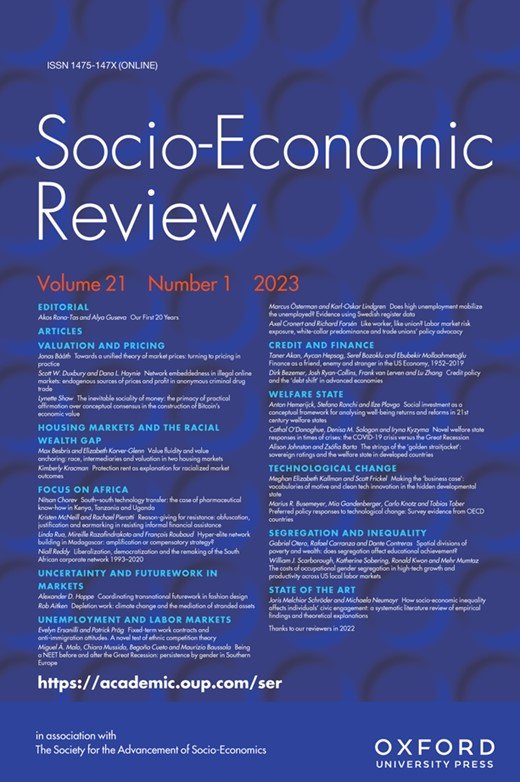By Coen Teunissen and Sarah Napier
We analysed the chat logs of seven Australia-based men who had committed 145 child sexual abuse (CSA) live streaming offences, to examine the overlap between this offending, contact sexual offending and engagement with child sexual abuse material (CSAM).
Four CSA live streaming offenders attempted to travel to offend against victims in person, in that they discussed travelling or actually booked flights in order to meet these children. Offenders also requested or received images and videos of victims they had viewed over live stream, and recorded live streams to produce CSAM.
Travelling to offend against children, use of CSAM and CSA live streaming appear to be interrelated and should be considered by law enforcement as potential risk factors for one another. Further, detection and removal of new CSAM, and scanning of live streams for abusive content, should be a priority for all electronic service providers.
Trends & issues in crime and criminal justice no. 671. Canberra: Australian Institute of Criminology. 2023. 16p.























